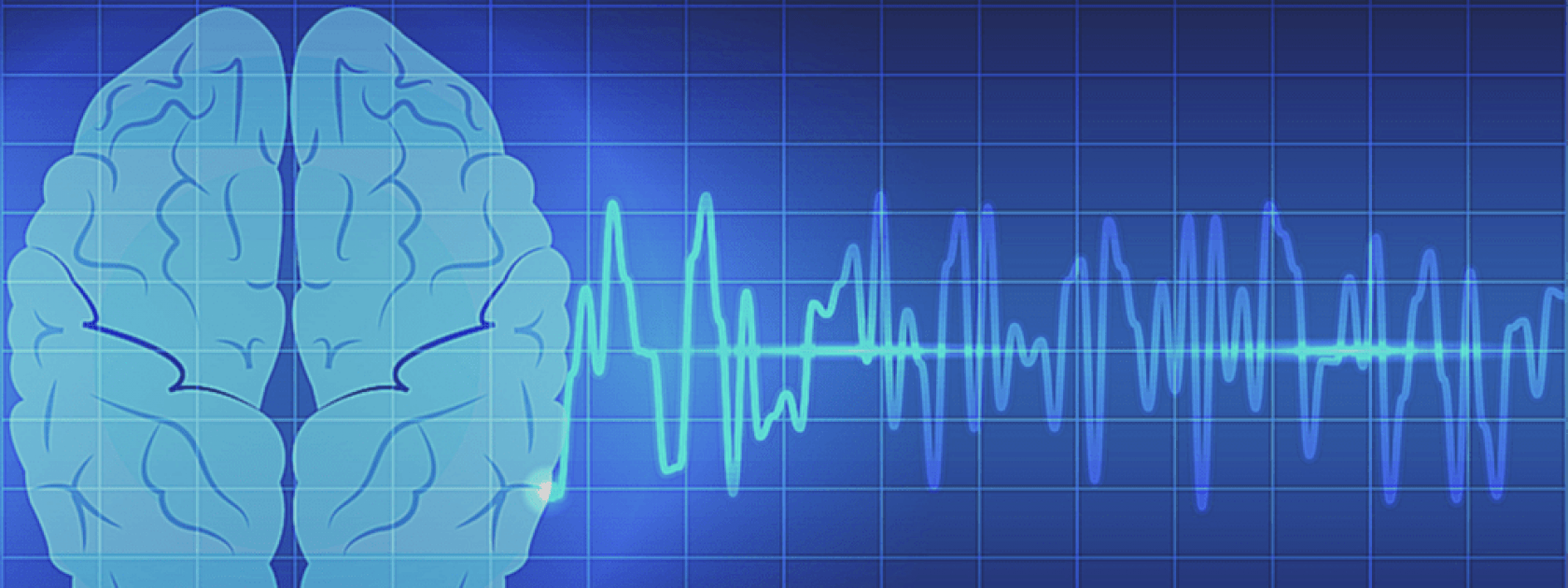Why is skin important?
While many recognize skin as the protection between our internal and external environment, it is often unknown or forgotten that skin is one of our most important sensory tools.
As a sensory tool, skin enables the detection of stimuli from the surrounding environment, aiding in the interactions of everyday life.
Without the sensory contributions of skin, we would be unable to recognize the presence of touch, pressure, temperature, pain, itch, movements and many more stimuli. As a result, the ability of the skin to communicate these aspects of daily life represents an important human physiological role, making it an important area of research.
How does it do this?
While we may not often think about it, the sensory aspect that the skin provides is a complex system. The complexity of this sensory system encompasses both the location and the underlying composition of the skin.
Location
Skin is categorized into three distinct regions:

- Glabrous Skin – the thick, non-hairy skin located at highly sensory-dependent locations (hand and foot).
- Non-Glabrous Skin – also termed hairy skin, the hairy skin located on the majority of the body.
- Mucocutaneous Skin – Small representation located in areas such as the lips and internal nasal cavity.
Each of these locations has varying physiological mechanisms (temperature, touch, pressure, etc.) as a result of differences in their underlying composition, allowing for differing sensitivities to specific stimuli.
Underlying Composition
Within each of the three locations mentioned above, the underlying receptor and innervation composition differ.
A receptor is defined as an organ or cell that has the capabilities to respond to an external stimulus and transmit a signal to a sensory nerve. Within the skin, our receptors that sense touch are referred to as low threshold cutaneous mechanoreceptors.
There are four categories of low threshold cutaneous mechanoreceptors, each with different structural components. The differing structural components allow for each mechanoreceptor to have an increasingly specified function to specific stimuli.

The four categories/classifications of cutaneous mechanoreceptors are:
- Merkel Discs (SAI) – primarily respond to constant indentation and gradations of indentation to create perception of curvature, edge, shape, and light brushing of the skin.
- Ruffini Endings (SAII) – provide feedback in response to skin stretch. This feedback could be used in proprioceptive cues (position and movement).
- Meissner Corpuscles (FAI) – responds to on/off skin indentation, specifically creating the perception for the rate of indentation, slips and tangential motion across the skin.
- Pacinian Corpuscles (FAII) – the deepest mechanoreceptor, responds to high frequency vibrations, signalling different texture. PCs are also sensitive enough to respond to remote tapping.
In order for these receptors to send signals regarding the external stimuli, the receptors must be innervated. Innervation can be defined as supplying nerves to an area or body part.
With regards to the cutaneous mechanoreceptors, the innervation supply is referred to as a primary afferent. While the structural components of the cutaneous mechanoreceptors differ, one constant is that they all interact with a primary afferent, albeit in different structural ways, in order to provide our Central Nervous System with the necessary information regarding our external environment. These primary afferents innervating the cutaneous mechanoreceptors are all of the Aβ classification.
Bringing this all Together
As we can see above, skin location and its underlying composition are distinct but related factors that contribute to our ability to sense the external environment.
The cutaneous mechanoreceptors are unevenly distributed within the human skin. This uneven distribution ensures location-dependent sensitivities and functions for each type of skin in their associated areas.
For example, the foot and the hand have a high density of mechanoreceptors, evident by their high tactile sensitivity. The distribution of receptors also increases as you move towards the fingers and the toes.
Overall, the interaction between these aspects is essential in our ability to detect the external environment, as well as perform everyday physiological tasks.
Why does this matter?
Overall, the complex sensory system that resides in our skin is essential to successfully guide movement, balance, and postural control. In order to fully understand these factors, we must understand the sensory contribution that skin and its associated pathways provide.
Looking at all levels of these pathways including, but not limited to, the mechanoreceptors, afferents, reflex loops, spinal cord activity, and cortical activity, we can create an understanding of the system’s contributions with regards to movement, balance, and postural control.
Additionally, with aging we often see a reduction of mobility. Some of the issues associated with the development of mobility issues are associated with the sensory system of the skin. By better understanding the sensory system that may be in decline, it increases the likelihood of successful rehabilitation, treatment, or assistive devices.
Where does the Bent Neurophysiology Lab come in?
Here at the Bent Neurophysiology Lab, we have identified two primary goals of our research:

- To understand the individual and integrative roles of somatosensory (both tactile and proprioceptive) and vestibular inputs in successful movement and equilibrium.
- To understand how to effectively enhance sensory contributions to improve perception, movement and equilibrium.
We believe that in addressing these goals through research, we can create a better understanding for movement, balance, and postural control, while also addressing the underlying changes that may be observed with the aging.
By using various techniques (see Participants) we hope to analyze, understand, and provide answers to the complex sensory system associated with the skin.


